Lahar: Flowing Mud at Volcanoes

What is lahar?
“Lahar” is an Indonesian word for mudflow at volcanoes. Lahar flows down at volcanoes as a mix of mostly water, mud, and rock debris. Its density is like wet concrete.
As lahar flows down a volcano, it buries everything in its path. But they don’t only occur during a volcano eruption. Lahar can recur for decades afterward.
Lahar is among the most serious ground-based hazards at volcanoes. Depending on their density, they can reach speeds up to 65 km/hr. They’re far-reaching and have extended hundreds of kilometers in distance.
How do lahars form?
When hot volcanic material mixes with water from streams or snow and ice, lahar mudflows form. Lahars vary in temperature from cold to hot (as hot as 100°C). They incorporate exterior sediments and leave deposits meters in thickness
Lahars require the following to form:
- WATER SUPPLY: An adequate supply of water
- UNCONSOLIDATED: MATERIAL: Abundant unconsolidated material
The most common way that lahars form is by hot molten rock melting snow on volcanoes. Intense rainfall can also trigger lahar on loose volcanic rock debris on the flanks of volcanoes.
What are the types of lahar?
The two types of lahar are:
- PRIMARY: Primary lahars occur during a volcanic eruption.
- SECONDARY: Secondary lahars occur after an eruption during periods of inactivity. For example, heavy rainfalls can trigger a secondary lahar with little warning.
The two types of densities for lahars are:
- HIGH SEDIMENT: High sediment lahar looks like wet concrete mixed with debris.
- LOW SEDIMENT: Low sediment lahar has the consistency of a milkshake. It flows like muddy water or slurry downhill.
What are the hazards of lahar?
Lahars are among the most serious ground-based hazards at volcanoes. According to the USGS, lahars caused the deaths of more than 44,000 worldwide. between 1600-2010.
They’re so deadly because of their sudden onset, rapid advance rate, and travel long distances. For example, they can surge down volcano flanks at speeds up to 65 km/hr.
Lahars destroy anything in their path and can end up in streams choking major riverways. They demolish buildings and infrastructure. For example, mudflows can bury entire communities like Mount St. Helens in the 1980s.
Slurries of sediment transport rocks and woody debris. The one positive outcome is that volcanic material breaks down and weathers to form some of the most fertile soils.
READ MORE: 3 Types of Volcanoes: Stratovolcano, Shield and Cinder Cone
What is Lahar?
Lahar is not a word that many people are familiar with, but it’s a type of mudflow or debris flow. They are caused by volcanic eruptions and a water source like intense rainfall.
Lahars can be incredibly destructive, carrying volcanic debris and ash downhill at high speeds, posing a significant hazard to communities near active volcanoes.
Do you have any questions about lahar? Let us know what you think! We’re happy to answer questions and listen to feedback.

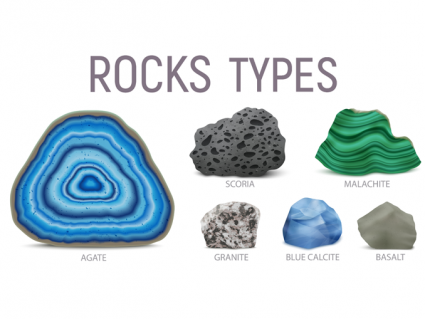
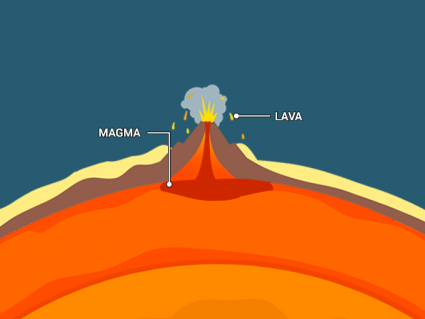
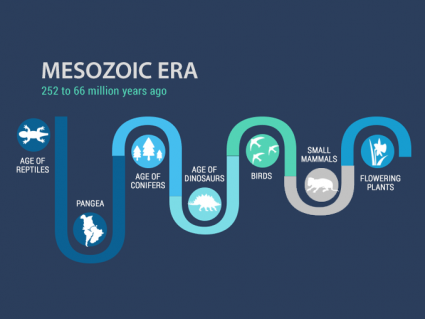

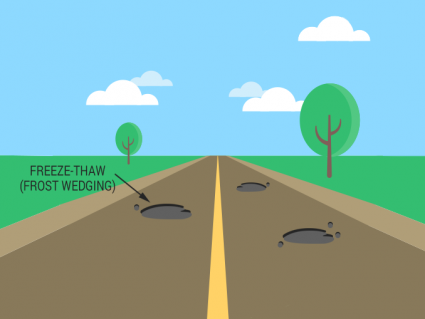
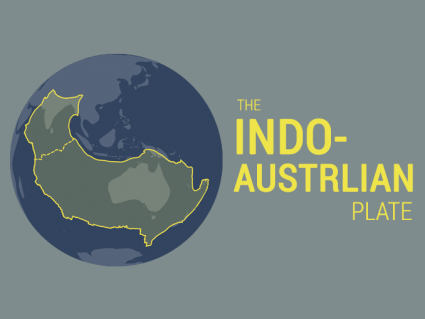
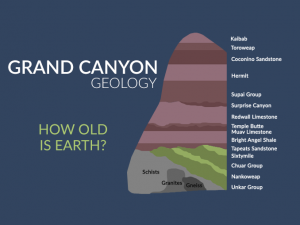
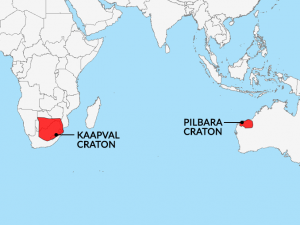
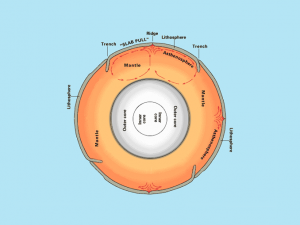
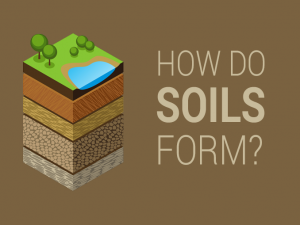
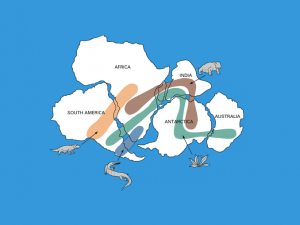
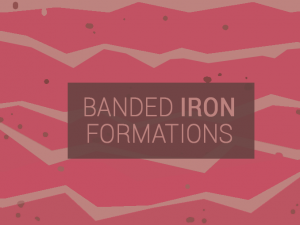
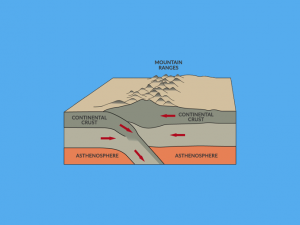
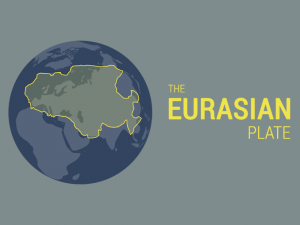
Are there any pros to lahar or are they just all round devastating?